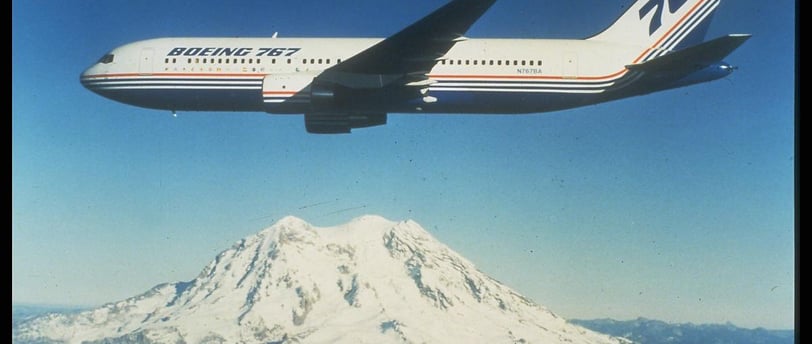A Record of Safety for the Boeing 767
While no aircraft is without fault, the 767 stands as the workhorse of many cargo airline fleets.
BOEING 767
Brandon Johnson
7/16/20252 min read


Boeing 767 Safety Record: A Legacy of Reliability
The Boeing 767 has earned a strong reputation for safety and reliability since its introduction in the early 1980s. Designed for medium to long-haul routes, this wide-body twin-engine aircraft has been a workhorse for major airlines and cargo carriers around the world. Over four decades in service, the 767’s safety record reflects the aircraft’s solid engineering, continued maintenance support, and operational resilience.
A Proven Track Record
The 767 family, including the -200, -300, -300ER, and -400ER variants, has logged millions of flight hours across both commercial and cargo fleets. Statistically, the Boeing 767 ranks among the safest aircraft in its class. According to data from the Aviation Safety Network and the FAA, the 767 has a low accident rate per million departures, particularly when compared to earlier-generation wide-body jets.
Safety Enhancements Over Time
From its original rollout, the Boeing 767 incorporated advanced flight systems for its time, including one of the first glass cockpits in a wide-body aircraft. Over the years, ongoing upgrades have further enhanced safety:
Enhanced Ground Proximity Warning Systems (EGPWS)
Traffic Collision Avoidance Systems (TCAS)
Redundant hydraulic and electrical systems
Winglets for fuel efficiency and stability
These improvements, combined with robust pilot training programs and regular aircraft maintenance, have contributed to a strong operational safety history.
ETOPS Certification and Trust for Long Hauls
The 767 was one of the first twin-engine aircraft to be certified for ETOPS (Extended-range Twin-engine Operational Performance Standards). This certification allows twin-engine aircraft to fly long distances over water—something previously reserved for aircraft with more engines. ETOPS certification is only granted after proving a very high standard of reliability, making the 767 a pioneer in safe, long-range twin-engine operations.
Notable Incidents
While no commercial aircraft is entirely without incident, it’s important to put events into context. The 767 has had a small number of hull-loss accidents, most often caused by external factors such as poor weather, pilot error, or mechanical issues unrelated to the aircraft’s fundamental design. Importantly, the 767 has never shown a pattern of systemic safety flaws.
Ongoing Use in Passenger and Cargo Service
Today, the 767 remains in active service with airlines like Delta, United, LATAM, and cargo operators such as FedEx and UPS. Its continued use, particularly in cargo operations, speaks volumes about trust in its safety and reliability.
Conclusion: Safe, Trusted, and Battle-Tested
The Boeing 767’s long service life, strong safety record, and proven performance make it one of the most trusted aircraft in aviation history. For passengers, crew, and cargo alike, the 767 continues to deliver a safe and reliable flying experience across the globe.
